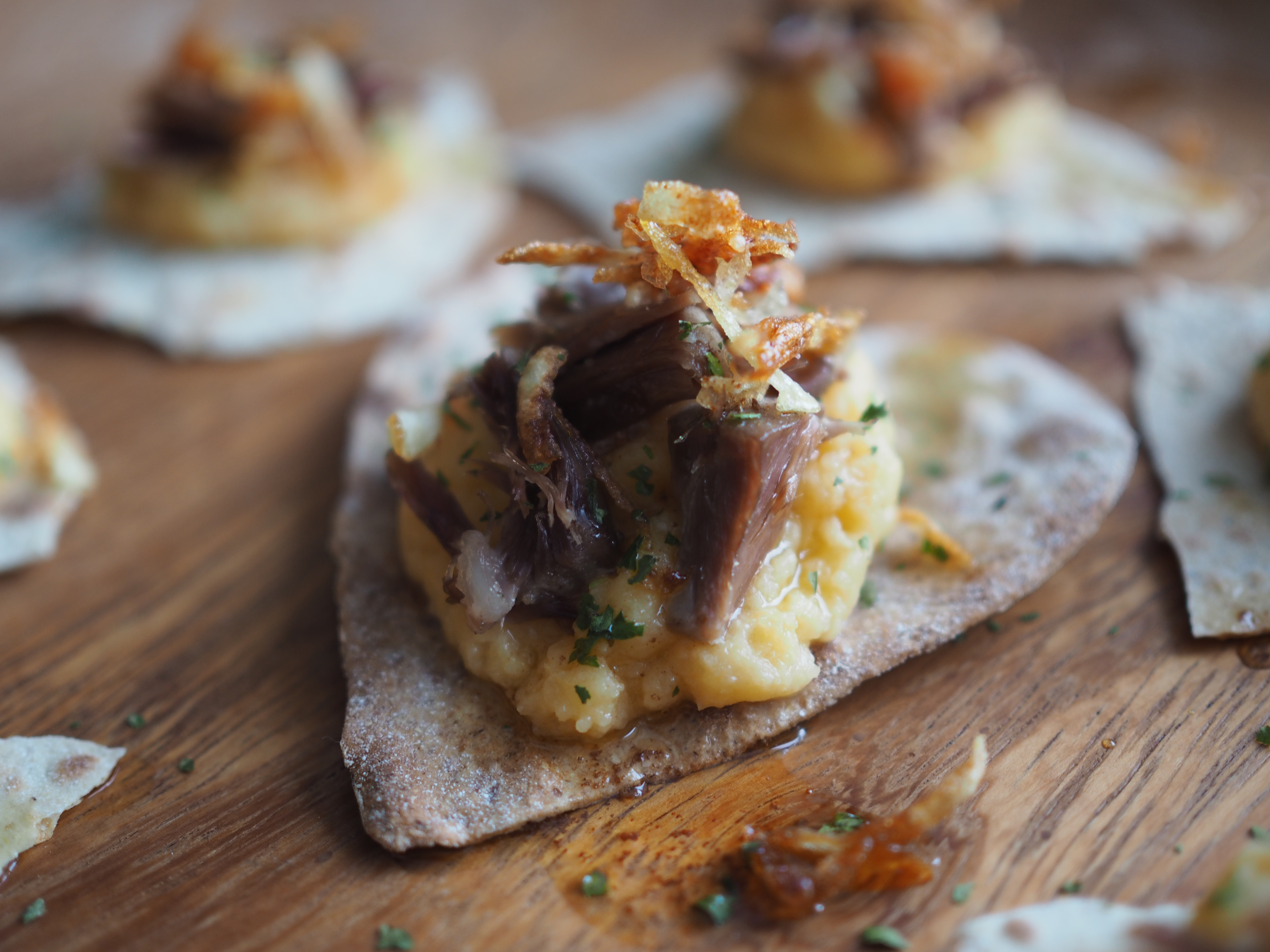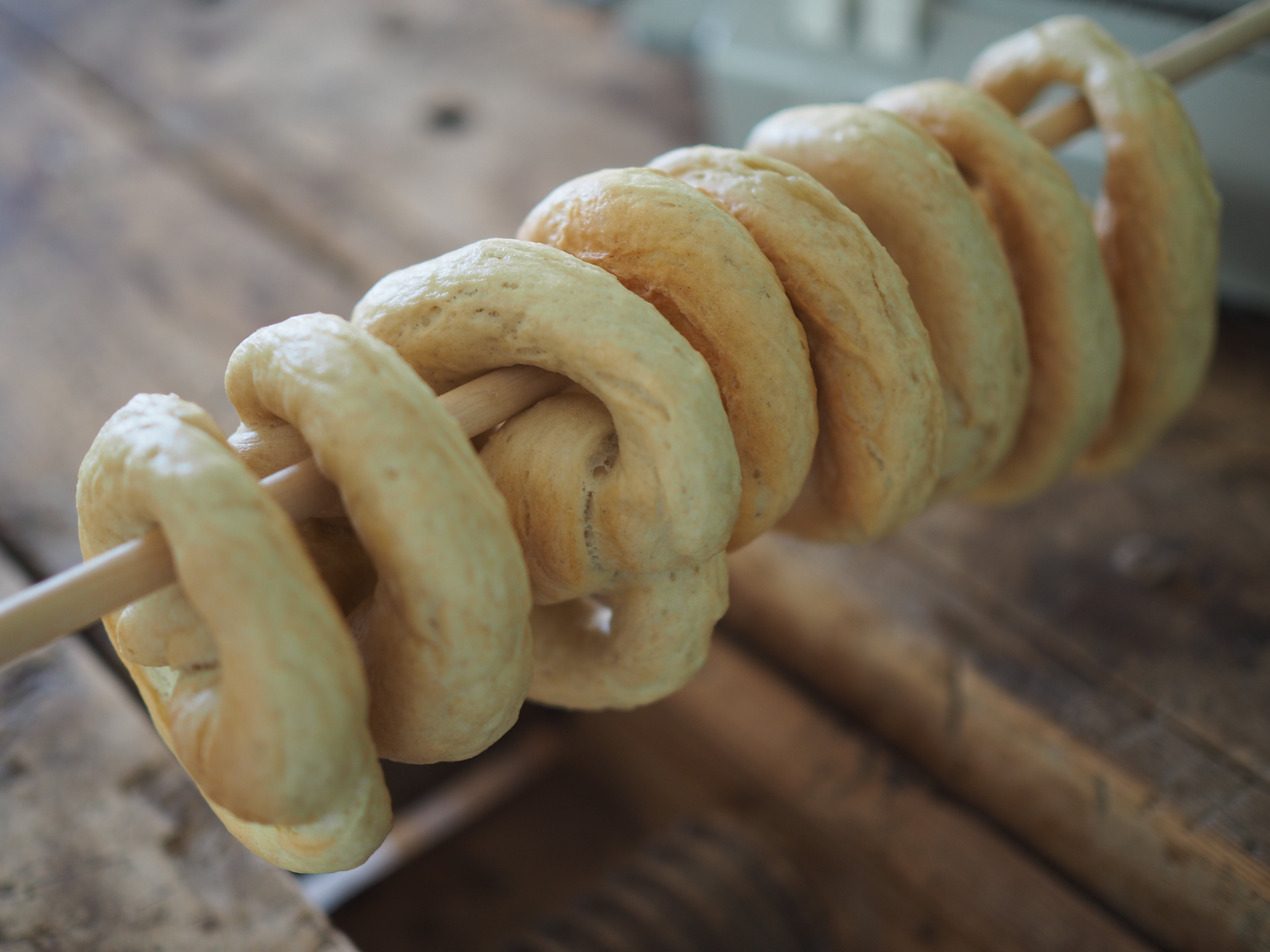
 Traditions are like threads. Threads pieced together from generation to generation. Some threads break loose and are replaced with newer ones, but others remain at the core. The dishes we eat are just a few of those threads. Everyone has their favorites, their must-haves, and when those are satisfied, there’s room for a few new threads.
Traditions are like threads. Threads pieced together from generation to generation. Some threads break loose and are replaced with newer ones, but others remain at the core. The dishes we eat are just a few of those threads. Everyone has their favorites, their must-haves, and when those are satisfied, there’s room for a few new threads.
Tradition is a celebration of time past and tells the stories that make up our memories, but it also celebrates the present and our evolving tastes. In tradition, there is room for innovation and the embrace of individual desires.
While reflecting over Norwegian Christmas traditions, I was asked, dare I say challenged, to come up with a unique way of presenting the dish that one third of Norwegians consume every Christmas Eve. Pinekjøtt. Rather than create smoke and mirrors, I decided to package it all in a different way.




 Kringler. Nordic pretzels of various forms of sweet, salty, filled, crispy and soft. But one kringle stands out as one of the most well-known in Norway and it hails from Bergen. It also happens to be a permanent fixture on the 17 Mai (Grunnlovsdag) table, as it finds its place alongside spekemat (cured meats) and rømmegrøt.
Kringler. Nordic pretzels of various forms of sweet, salty, filled, crispy and soft. But one kringle stands out as one of the most well-known in Norway and it hails from Bergen. It also happens to be a permanent fixture on the 17 Mai (Grunnlovsdag) table, as it finds its place alongside spekemat (cured meats) and rømmegrøt.